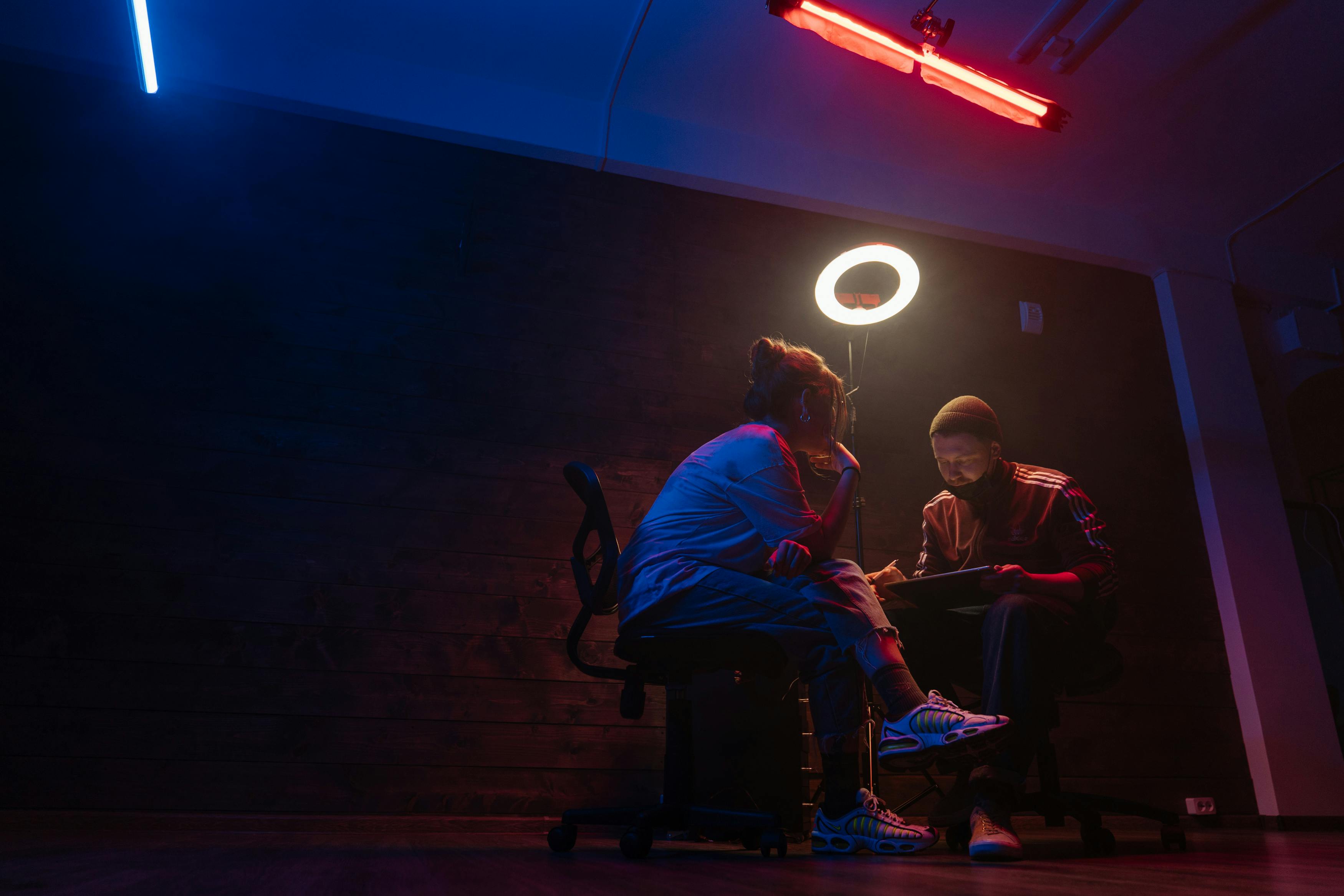Unraveling the Fashion Background of Body Art
Tattoos have long been an captivating element of personal expression, intertwining their way through the fabric of history and society. From ancient tribal symbols to modern designs, these body art creations have consistently captured the imagination of people across the globe. The allure of tattoos extends beyond mere aesthetics; they narrate stories, signify milestones, and embody personal identities. There’s a compelling narrative in their evolution, revealing how societal perceptions of tattoos have changed over time.
In the modern era, tattoo studios are vibrant hubs of creativity and culture, visited by people from all walks of life. As the prejudice surrounding body art continues to diminish, tattoos have blossomed into a mainstream fashion trend, welcomed by celebrities and regular individuals alike. This article explores into the long history of tattoos, investigating their enduring legacy and ever-changing role in the world of fashion, proving that tattoos have always been in vogue.
A Evolution of Tattoo Styles
Tattoo styles have experienced significant changes over the years, reflecting societal shifts and creative trends. In ancient times, tattoos were commonly symbolic, employed to indicate position, achievements, or faith. Civilizations such as the people of Egypt and the Māori culture designed intricate patterns that told narratives or denoted important life events. These early tattoos were integrally connected in the associated cultures, with distinct meanings linked with multiple symbols.
As tattooing expanded across the world, different societies cultivated their distinct styles. In the land of the rising sun, for example, the art of tattooing thrived in the form of Japanese ink art. This style is characterized by vibrant hues and elaborate designs that typically span large areas of the skin. Through the influence of Japan, this tattoo style gained worldwide popularity and inspired Western tattoo artists to investigate new artistic forms. The rise of tattoo studios in the 19th and early 20th centuries coincided with a fascination for these unique designs, resulting in their embrace in Western societies.
In the last several decades, tattoos have evolved even more with the introduction of multiple styles such as realistic styles, water-colour, and geometric patterns. Contemporary tattoo artists expand the frontiers of artistic expression; regularly blending heritage styles with current styles. The launching of tattoo studios has facilitated this artistic evolution, creating a space for exploration and individuality. As tattoos persist in gaining acceptance and popularity, they reflect self-identity and individual expression, transforming them an lasting element of art throughout the ages.
Cultural Significance of Tattoos in Style
Body art have played a crucial role in different cultures throughout history, often serving as symbols of self-identity, hierarchy, and artistic expression. In numerous societies, body art signify belonging, whether to a tribe, a community, or a set of beliefs. This fusion of art and culture raises tattoos beyond mere body art, embedding them within the social fabric, where they tell personal stories and shared histories. As fashion evolves, these societal stories associated with body art continue to inspire designers and influencers, blending traditional meanings with modern aesthetics.
In the realm of fashion, body art are often seen as a form of rebellion against traditional beauty standards. Many fashion icons embrace tattoos as a way to assert their uniqueness and question mainstream notions of style. This has led to a cultural shift where body art are increasingly viewed as stylish rather than taboo. Designers are now integrating tattoo art into their collections, merging the lines between body art and clothing. As a result, body art contribute to a vibrant dialogue about self-expression in modern fashion.

In addition, tattoo studios have become artistic hubs where art and fashion intersect. These spaces not only produce unique body art but also foster collaborations with fashion designers and artists. The growing acceptance of body art in mainstream fashion paves the way for innovative designs that celebrate diversity and personal narratives. This collaboration enriches both the art of tattooing and the fashion industry, highlighting the enduring allure of tattoos as a significant fashion statement.
The Importance of Tattoo Studios in Modern Trends
In recent years, tattoo studios have emerged as crucial in shaping current tattoo culture. These establishments serve as artistic centers where professional artists can express their unique styles and techniques. Aside from the artistry, tattoo studios have embraced a more diverse atmosphere, encouraging individuals from varied backgrounds and motivating them to pursue personal expression through body art. This transformation has contributed greatly to the growing recognition of tattoos in societal culture.
Furthermore, tattoo studios have revolutionized the process of tattooing by blending modern technologies and practices. From detailed consultations to customizable designs and hygiene standards, these studios focus on the customer experience. tattoo studio frankfurt enhances the connection between artists and patrons, allowing for a more personalized approach. As a consequence, clients often leave with tattoos that not only represent their identities but also embody a cooperative artistic endeavor.
Social media has also amplified the influence of tattoo studios, transforming them into platforms for cultural inspiration and creativity. Artists frequently exhibit their work on various platforms, creating buzz and attracting additional clients. The visual nature of tattoos is ideal to distribution, allowing studios to reach global audiences. This online visibility not only enhances business but also plays a crucial role in destigmatizing of tattoos, making them more accessible and trendy than ever before.